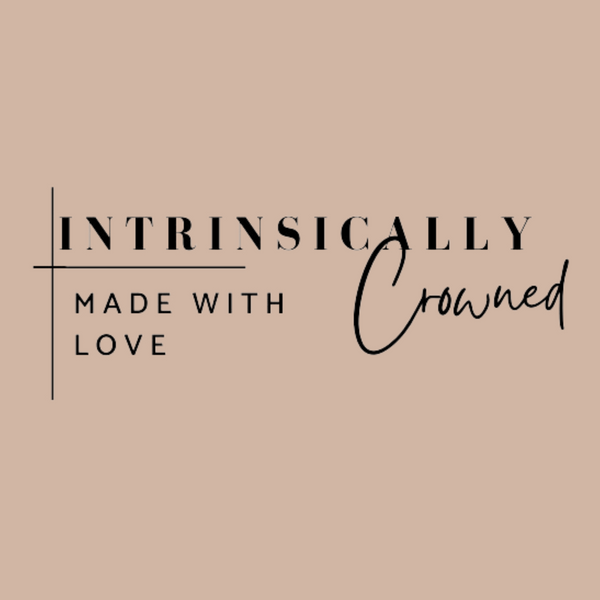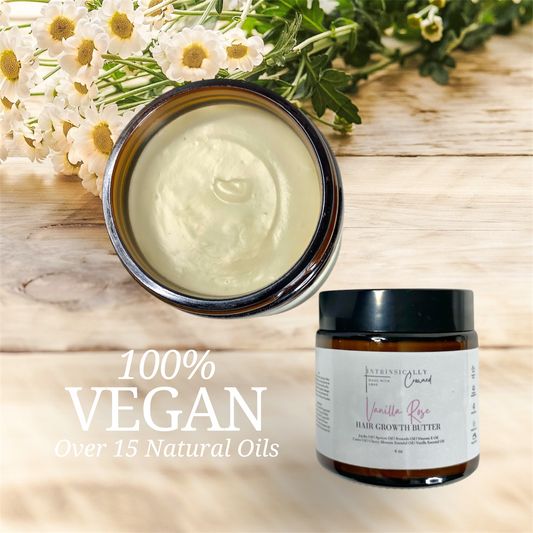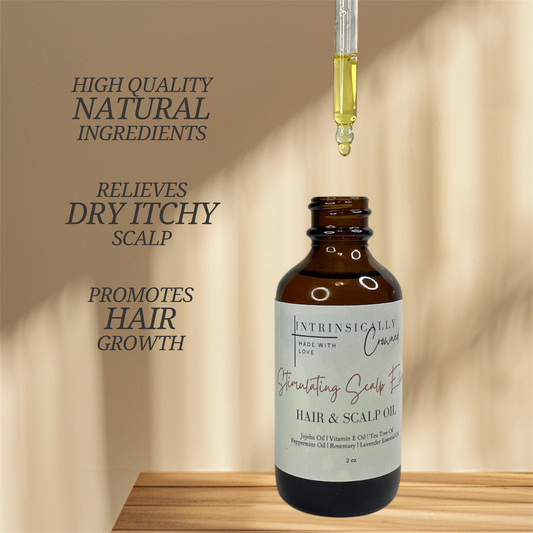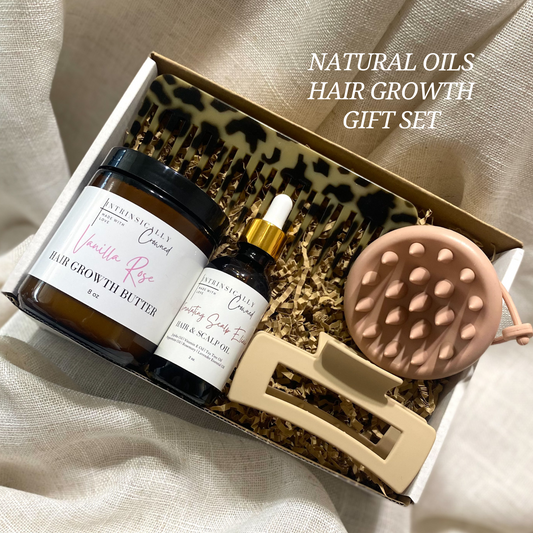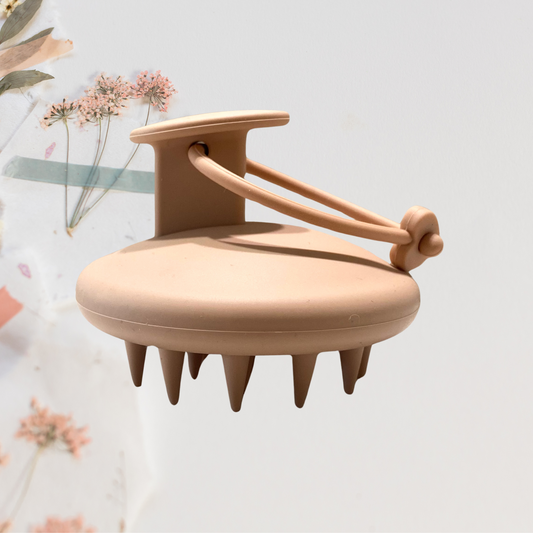
Sebum, the Natural Conditioner for Your Hair
Share
I bet you didn’t know you have a natural built-in conditioner that protects your tresses. We all have it and all you have to do is know how to extract it and use it correctly.
It’s called Sebum. Sebum is a natural thick waxy oil that coats your tresses. It’s created in your sebaceous glands and it’s located alongside your hair follicles. When sebum reaches the surface it moistens your hair and keeps it from drying out. Sebum is what makes your tresses soft and shiny.
 Sebum is made up of triglycerides, free fatty acids, wax esters, squalene, cholesterol esters, and cholesterol. You’ll notice that many of these ingredients can also be found in deep-conditioning treatments as many hair products try to duplicate the natural composition of sebum.
Sebum is made up of triglycerides, free fatty acids, wax esters, squalene, cholesterol esters, and cholesterol. You’ll notice that many of these ingredients can also be found in deep-conditioning treatments as many hair products try to duplicate the natural composition of sebum.
When Sebum reaches the surface of your scalp, it mixes with your sweat and forms a protective layer called an acid mantle. The acid mantle is an acidic film on the surface of your scalp and skin that acts as a barrier to bacteria and potential contaminants that can penetrate the skin. When sebum mixes with your sweat it becomes the acid mantle and the Sebum travels down the hair shaft to protect each hair strand.
When Sebum reaches the surface of your scalp, it mixes with your sweat and forms a protective layer called an acid mantle. The acid mantle is an acidic film on the surface of your scalp and skin that acts as a barrier to bacteria and potential contaminants that can penetrate the skin. When sebum mixes with your sweat it becomes the acid mantle and the Sebum travels down the hair shaft to protect each hair strand.
Sebum production is a process that requires balance. Too little Sebum production can cause your hair to become brittle and your scalp to be dry. Too much sebum causes the scalp to be overly oily and your scalp can become clogged. Your hormones are what cause the production of sebum or the lack of Sebum.
cause your hair to become brittle and your scalp to be dry. Too much sebum causes the scalp to be overly oily and your scalp can become clogged. Your hormones are what cause the production of sebum or the lack of Sebum.
Why is Sebum Beneficial to our Textured Hair?
Sebum is most beneficial to our textured hair because of the nature of our cuticles. Our hair is more susceptible to damage because of the curls and kinks which cause the cuticle to lift.
Sebum’s hydrophobic properties protect our tresses by stabilizing the amount of moisture our tresses take in and hold on to. When sebum coats the strands from root to end, it traps in a small amount of water which keeps the strand strong and healthy.
Sebum’s acidic pH helps your cuticles lay flat which helps your tresses to retain and stabilize its much-needed moisture. A healthy scalp produces about an ounce of Sebum every one hundred days.
So how do we achieve full Sebum coverage? It's called Scritch & Preen
Scritching and Preening is a way to stimulate your scalp and distribute sebum throughout your strands. This not only conditions your tresses but is also leads to faster growth.
Scritching
1. Detangle and separate your hair into 4 or 6 sections depending on the thickness of your tresses.
2. Use your fingertips to gently scrub and massage each section of your scalp.
3. Do this for about 5 minutes.
Preening
Preening is the process after Scritching where you pull the extra oils and sebum that you just loosened up down your hair shaft so it goes from your scalp to your ends. This is your natural conditioner!
Depending on how long your hair is Kinky, Coily, Curly girls will need to do this several times a week in order to pull the oils all the way down to your ends. Straight hair girls will be able to pull the oil down in one session.
Kinky, Coily, Preening
1. Separate your sections into smaller manageable sections.
2. Starting at your scalp, use your 5 fingertips to pull the oils and sebum down your hair shaft.
Or, use a boar bristle brush, or sometimes called a sebum brush, Be sure to bring the boar bristle brush all the way from the roots down to the ends. Your roots are where the sebum settles. The purpose of the brushing is to get the sebum on your brush.
3. Repeat this process throughout your hair.

Straight and Curly Hair Preening
1. Starting at your scalp, using your index finger and your thumb, pull the oil and sebum down your hair shaft all the way to the ends.
Or, use a boar bristle brush. Be sure to bring the boar brush all the way from the roots down to the ends. Your roots are where the sebum settles. The purpose of the brushing is to get the sebum on your brush.
2. Repeat this process throughout your hair.
Yassss…kinky, coily, curly girls, you’re going to spend some extra time to get the ultimate results. But, it’s so worth the effort! This keeps your hair strong, healthy and shiny.
You’ll notice your curl pattern will be more visible with complete sebum coverage and your crown will be able to stand more manipulation. Full sebum coverage will lessen the need for deep conditioning sessions.
Do you scritch and preen? If not, are you going to start? Let me know what you think about Scritching and Preening.
